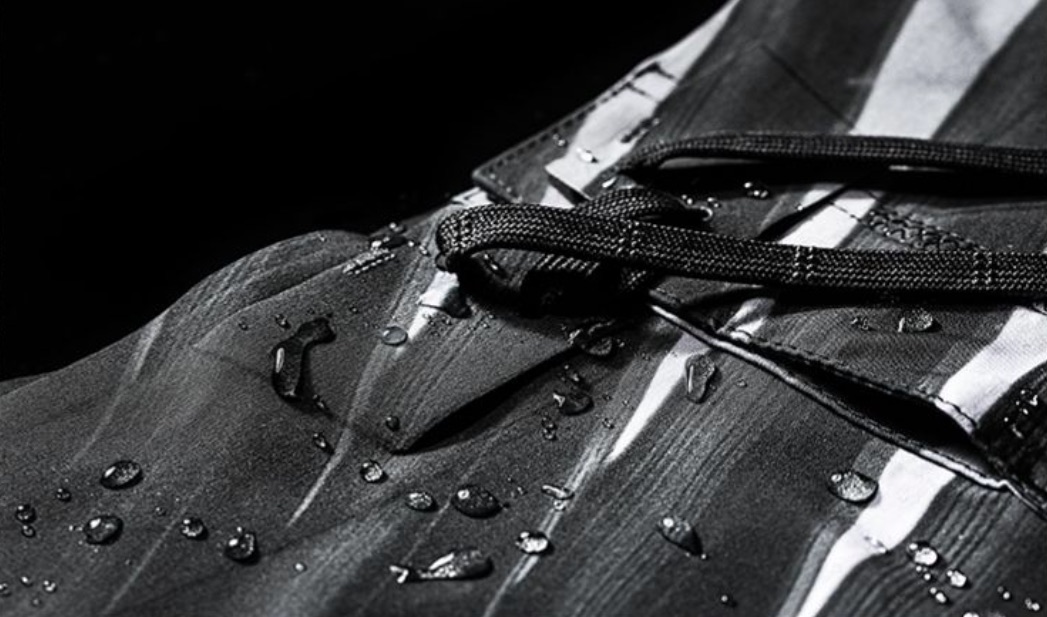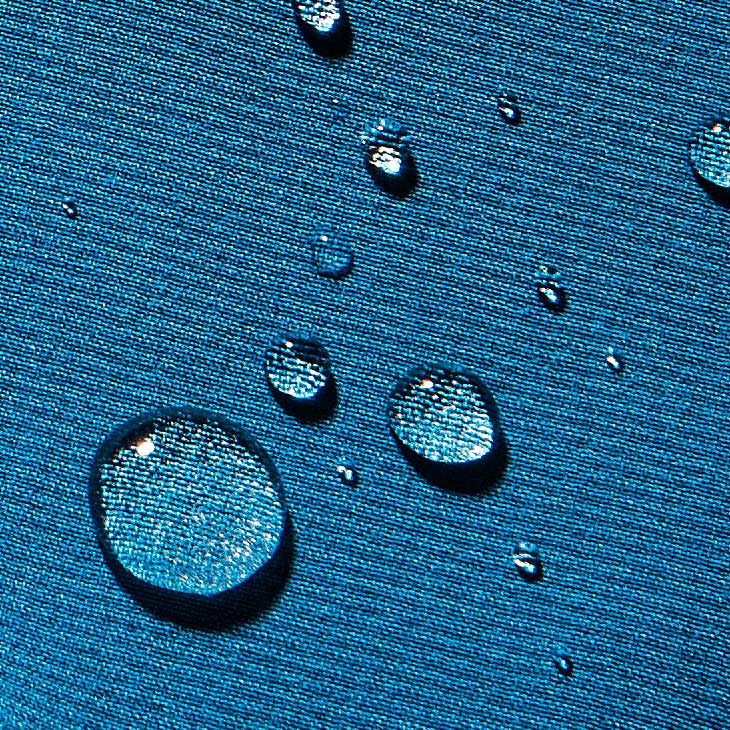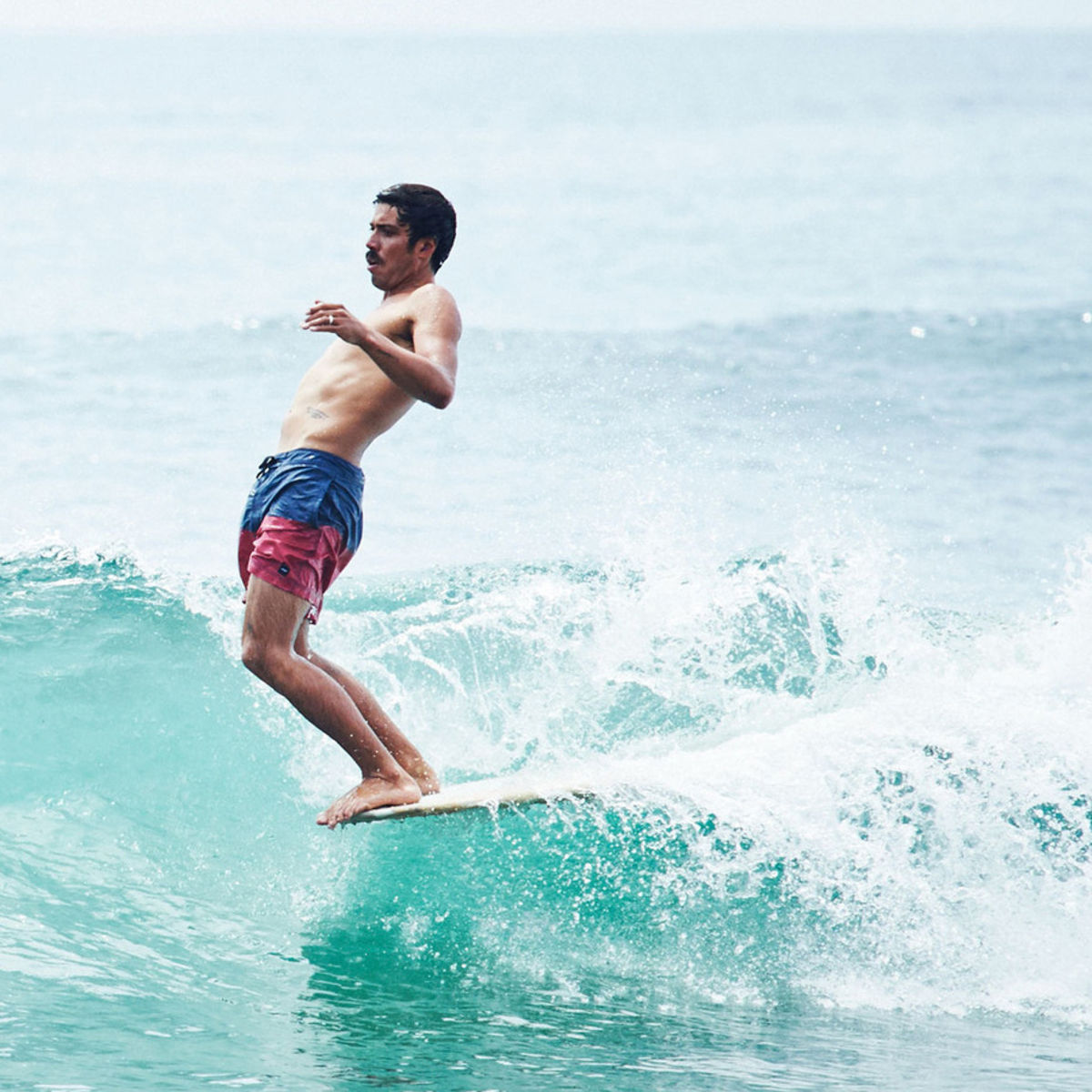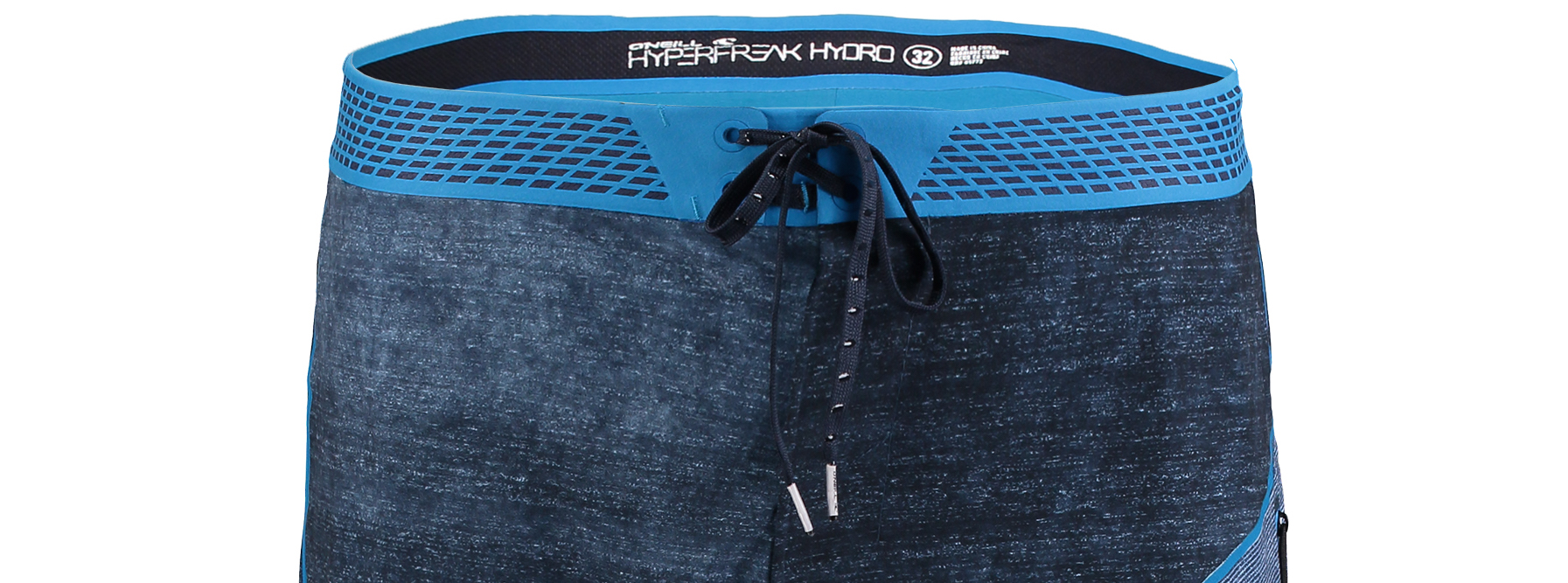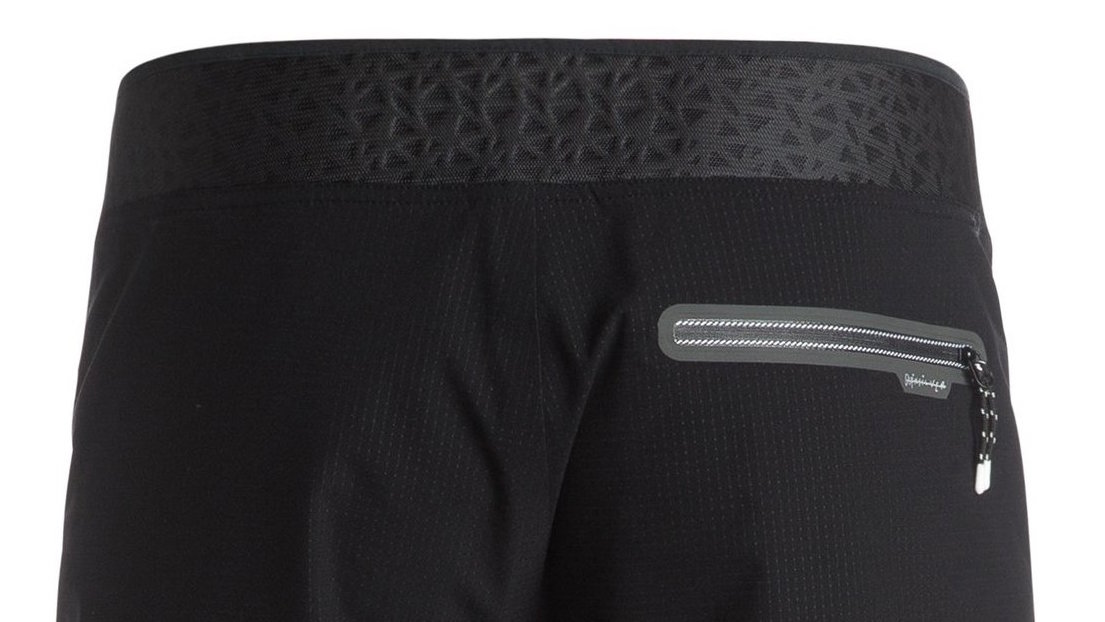Boardshort rash ranges in severity from a mild inconvenience via serious discomfort to debilitating pain; in particularly extreme cases it can ruin your session or even your surf trip. Your choice of boardshorts is therefore not an entirely trivial one, especially if you’re a surfer in the UK whose tender epidermis is unaccustomed to the rigours of surfing without a wetsuit.
But what makes a pair of boardshorts good for surfing? As a rule of thumb, there’s an inverse correlation between the amount of absurd marketing neologisms and the degree of chafing sustained on the inner-thigh and ball-bag region. Other promising signs of a comfortable and rash-free surfing experience include an exorbitant price tag and a sporty, some might say flashy appearance.
As for specific elements of design to bear in mind, these are the main ones:
Boardshorts For Surfing: Material
Basically the lighter the better. Lighter fabric simply offers less resistance, which means not only freer, less inhibited movement but also less friction: it slides more easily across your skin and doesn’t hang so heavily upon it. Less friction equals less rash.
Today’s technical boardshorts, ie. boarshorts designed primarily with performance in mind, tend to feature a blend of polyester and elastane (lycra) or in some cases nylon and elastane. The elastane usually makes up between 5 and 25% of the fabric and accounts for most of the stretchiness (see below).

